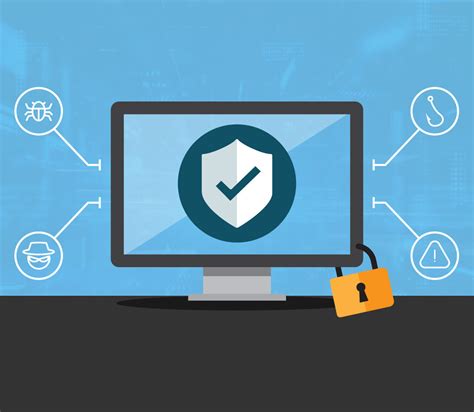Evolving Threats: The Security Challenges of AI and Blockchain
In today’s digital age, the threat landscape is more complex and diverse than ever before. As technology continues to advance at a rapid pace, new threats are emerging that can have a significant impact on individuals, organizations, and entire economies. In this article, we will explore the evolving threat landscape and highlight the growing challenges posed by artificial intelligence (AI) and blockchain security.
The Threat Landscape: Current Challenges
The threat landscape consists of several key areas:
- Phishing and Social Engineering: The use of psychological manipulation to trick individuals into revealing sensitive information or gaining unauthorized access to systems.
- Ransomware: Malicious software that encrypts data, leaving the victim with limited control over their digital assets.
- Malware: A broad category of malicious software designed to damage, disrupt, or exploit computer systems.
- Insider Threats: Authorized individuals who intentionally or unintentionally compromise security controls for personal gain or other motives.
- IoT and Device Security: The growing number of connected devices creates new vulnerabilities and attack surfaces.
The Impact of AI on the Threat Landscape
Artificial Intelligence (AI) is transforming various aspects of the threat landscape, including:
- Predictive Analytics: AI-powered tools can analyze vast amounts of data to identify potential threats before they materialize.
- Automated Detection: AI-driven systems can detect and respond to threats in real time, reducing the attack surface.
- Anomaly Detection: AI-based tools can identify unusual patterns or behaviors that may indicate a threat.
However, it also presents new challenges:
- Balancing security measures: Using AI-powered security measures requires a careful balance between security and usability, ensuring that these systems do not inadvertently compromise the user experience.
- Training data limitations: The availability of training data for AI models can be limited by the nature of real-world threats, which are often complex and difficult to categorize.
Blockchain’s impact on the threat landscape
Blockchain technology has also emerged as a significant challenge to the threat landscape:
- Encryption: Blockchain-based encryption methods offer strong protection against cyber threats.
- Decentralized networks: Blockchain networks can create secure communication channels that are resistant to central control.
- Smart contracts: Self-executing contracts with contract terms written directly into lines of code can automate many security processes.
However, it also presents new challenges:
- Interoperability: The diversity of blockchain platforms and networks creates compatibility issues, making it difficult for organizations to adopt and integrate these technologies.
- Regulatory Uncertainty: The regulatory landscape surrounding blockchain is still evolving, creating uncertainty for companies considering its adoption.
Mitigating the Threat Landscape: Security Challenges of AI and Blockchain

While AI and Blockchain offer numerous security benefits, they also present significant challenges:
- Investment in Security Measures: Organizations must invest heavily in security solutions powered by AI and traditional security measures to stay ahead of emerging threats.
- Cybersecurity Awareness Training: Educating employees on the importance of cybersecurity best practices is key to mitigating the impact of these new technologies.
- Continuous Monitoring and Improvement: Regularly monitoring the threat landscape, staying current with new AI-powered security solutions, and continuously updating defenses are key to effective mitigation.

